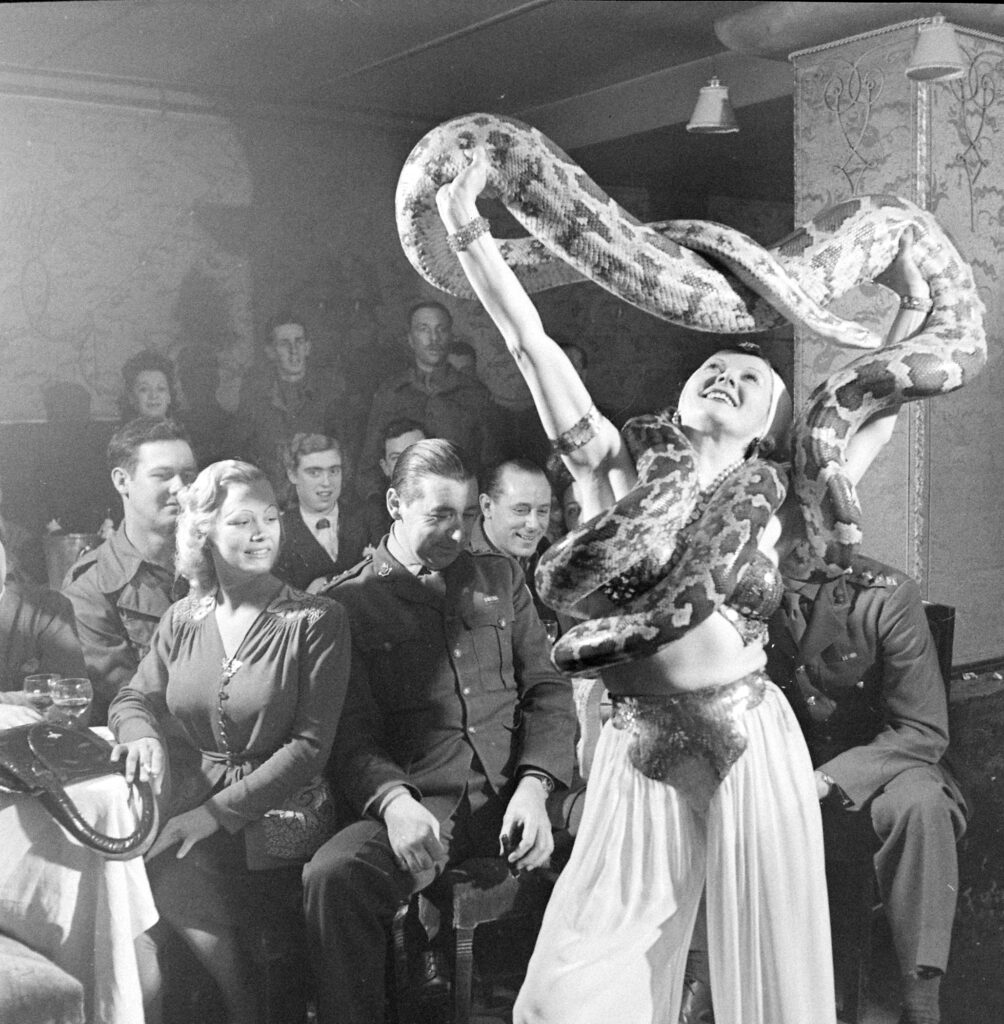Pigs have generally gotten their cultural due. There’s a long line of fictional pigs, onscreen (Miss Piggy, Babe), in literature (E.B. White’s Wilbur; George Orwell’s characters in Animal Farm) and in verse (the little piggy that went “wee wee wee” all the way home). In 1972, Ellen Stanley, a schoolteacher and her sister Mary Lynne Rave decided that the animal deserved its own day in the mud. They founded National Pig Day, to be held annually on the first of March, “to accord to the pig its rightful, though generally unrecognized, place as one of man’s most intellectual and domesticated animals.”
Now, this is not quite a National holiday, but it does generate some happy celebrations in schools and zoos and game farms. At that time, or at any other, a more convenient way to observe might be to partake in the particular pleasures of pig portraits, such as these, produced by some of the 20th century’s greatest photographers.
Liz Ronk edited this photo gallery for LIFE.com. Follow her on Twitter @lizabethronk.

Piglet, 1939.
Wallace Kirkland The LIFE Images Collection/Shutterstock

Large sow eating an ear of corn, 1939.
Wallace Kirkland The LIFE Images Collection/Shutterstock

A pig makes a sorrowful expression, 1941.
Herbert Gehr The LIFE Images Collection/Shutterstock

A sow and her piglets at Super Pig Farm, Mt. Ararat Farms, 1945.
Thomas McAvoy The LIFE Picture Collection/Shutterstock

A piglet at Super Pig Farm, Mt. Ararat Farms, 1945.
Thomas McAvoy The LIFE Picture Collection/Shutterstock

A large pig roots through the mud, 1946.
Mark Kauffman The LIFE Picture Collection/Shutterstock

Portrait of a sizable pig, 1946.
Mark Kauffman The LIFE Picture Collection/Shutterstock

A pig wears ribbons for winning several contests in a livestock exposition, 1947.
George Skadding The LIFE Picture Collection/Shutterstock

A championship Yorkshire mother pig with piglets, 1948.
Francis Miller The LIFE Picture Collection/Shutterstock

Priscilla the Performing Pig, 1949.
Francis Miller The LIFE Picture Collection/Shutterstock

Porkchop the pig relaxes in his backyard, 1952.
John Dominis The LIFE Picture Collection/Shutterstock

A tiny piglet is held up for display, 1954.
Wallace Kirkland The LIFE Picture Collection/Shutterstock

Mixed Yorkshire pigs on an Iowa farm, 1954.
Gordon Parks The LIFE Picture Collection/Shutterstock

Jan Bruene stands with Henrietta, a 700-lb. purebred Yorkshire sow, 1954.
Gordon Parks The LIFE Picture Collection/Shutterstock

Rear view of two hogs, 1954.
Al Fenn The LIFE Picture Collection/Shutterstock
































































![Original caption: "[Romney's] most valuable ally is his wife Lenore, a onetime actress and a better public speaker than her husband." 1968 New Hampshire Primary](https://static.life.com/wp-content/uploads/migrated/2016/01/160121-new-hampshire-primary-08-1024x661.jpg)













